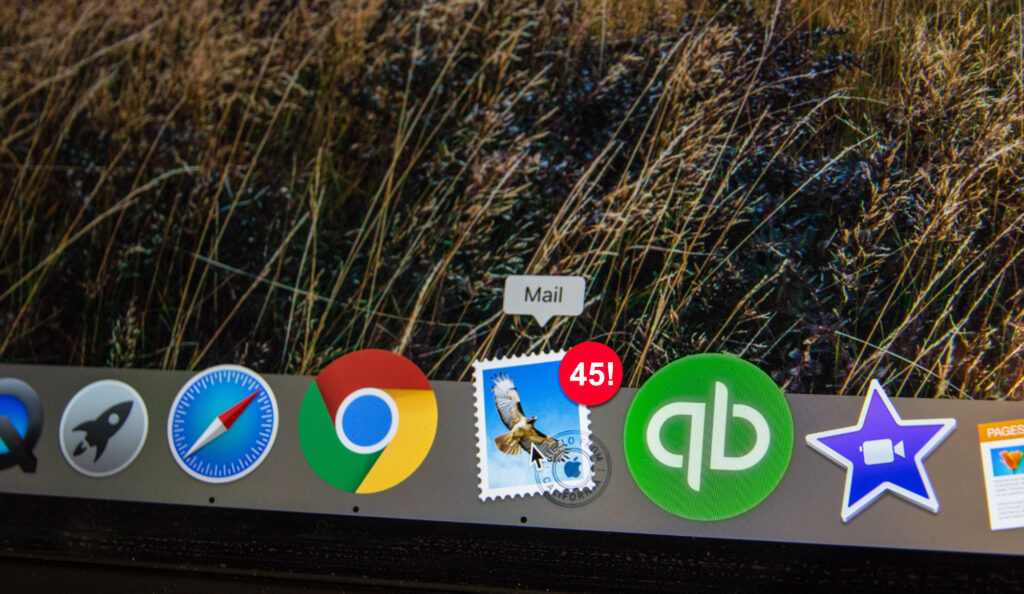I recently bought an ebook from a well-known leadership expert. The same day I bought the book, I got 4 emails from him:
- #1 was the delivery of the digital book along with a sales pitch for another book
- #2 was a marketing email for another line of products he offers
- #3 was another marketing email for the same line of products in email #2
- #4 was a promotional email for something else his group of companies offered
4 emails in one day? As a former brand communications and marketing agency leader, I knew what was going on here. The purchase of the book enrolled me in an automated workflow that looks like this:
- When Michael buys book A, have the email software program send him the offer email for product B and add him to the email list for product A.
- When Michael is added to the email list for product A, also add him to the email list for product C and send product C’s first marketing email.
- You see where this is going?
I get it. Automation is a powerful tool when communicating with prospects or customers. Technology has made these highly personalized communications easier than ever. But the people who are setting up these automations are losing site of the human beings on the other end.
I wrote a post a while back about being inundated by emails on a daily basis from companies I like, but don’t want to hear from daily. They give me no choice to reduce the frequency of the communications, so they lose me as a subscriber. This is happening with advertising, too. This week I shopped online for a new pair of comfortable lounge pants and now I’m inundated with loungewear ads on virtually every screen I have in the house. Looks like I accepted a cookie somewhere along the line that allowed the site I was on to sell or share my data.
More personalized results on Google, in digital advertisements, and through email were once welcome. I found them helpful. But today, the automated “personalized” communications and ads that I receive aren’t feeling helpful anymore. I can almost see the robot behind them. The human element has all but disappeared.
My challenge to all of the marketers and professional communicators out there is to rethink your automations to consider the human beings on the other side of them. Highly personalized touchpoints that are too frequent, out-of-touch, or awkwardly invasive actually feel incredibly impersonal.

